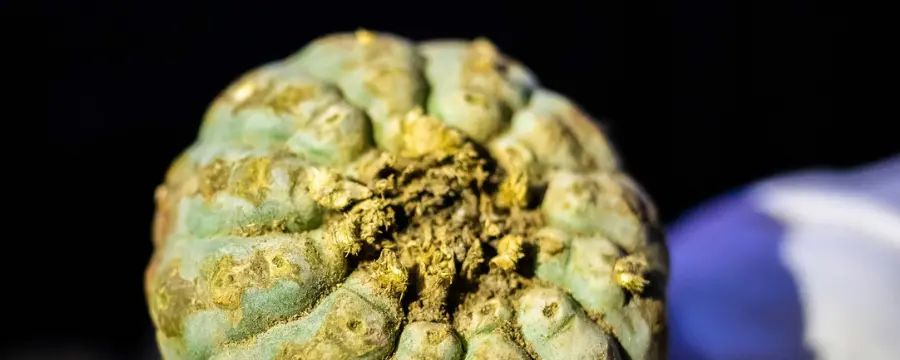
Helping Someone Addicted to Crack or Cocaine
Since their development, cocaine, and crack have become some of the most widely used and abused drugs in the United States and throughout the world.

Since their development, cocaine, and crack have become some of the most widely used and abused drugs in the United States and throughout the world.

First approved for clinical use in 1985, Wellbutrin—also known by its generic name bupropion—is one of the most commonly prescribed medications in Northern American for treating depression and seasonal affective disorder (SAD).

Roxicodone is a brand name for an oxycodone drug. Sometimes referred to as “Roxy,” it belongs to the opioid (or narcotic) drug family. It is a semi-synthetic pain reliever derived from morphine.

Recognizing possible heroin addiction symptoms, either in yourself or in a loved one, can be understandably frightening.

PCP, or phencyclidine, is a psychedelic drug that results in hallucinations and produces a feeling of detachment from one’s surroundings.

Like many such substances, marijuana can be an incredibly helpful substance in the right amount, and under the right medical supervision.

Ice—otherwise known as crystal meth, crank, or crystal tea—is highly addictive and can bring both mental and physical harm to anyone who uses it.

Methamphetamine is one of the most addictive drugs available. After as few as one or two uses, a person’s body can become dependent on it in order to function properly.

Peyote is a small cactus that has been used for centuries for a number of herbal remedies and rituals. Its many uses include treating skin wounds, snakebites, and fractures.

Adderall is commonly used to treat attention-deficit/hyperactivity disorder (ADHD) and narcolepsy. It is also a Schedule II controlled substance due to its high potential for abuse and dependency.